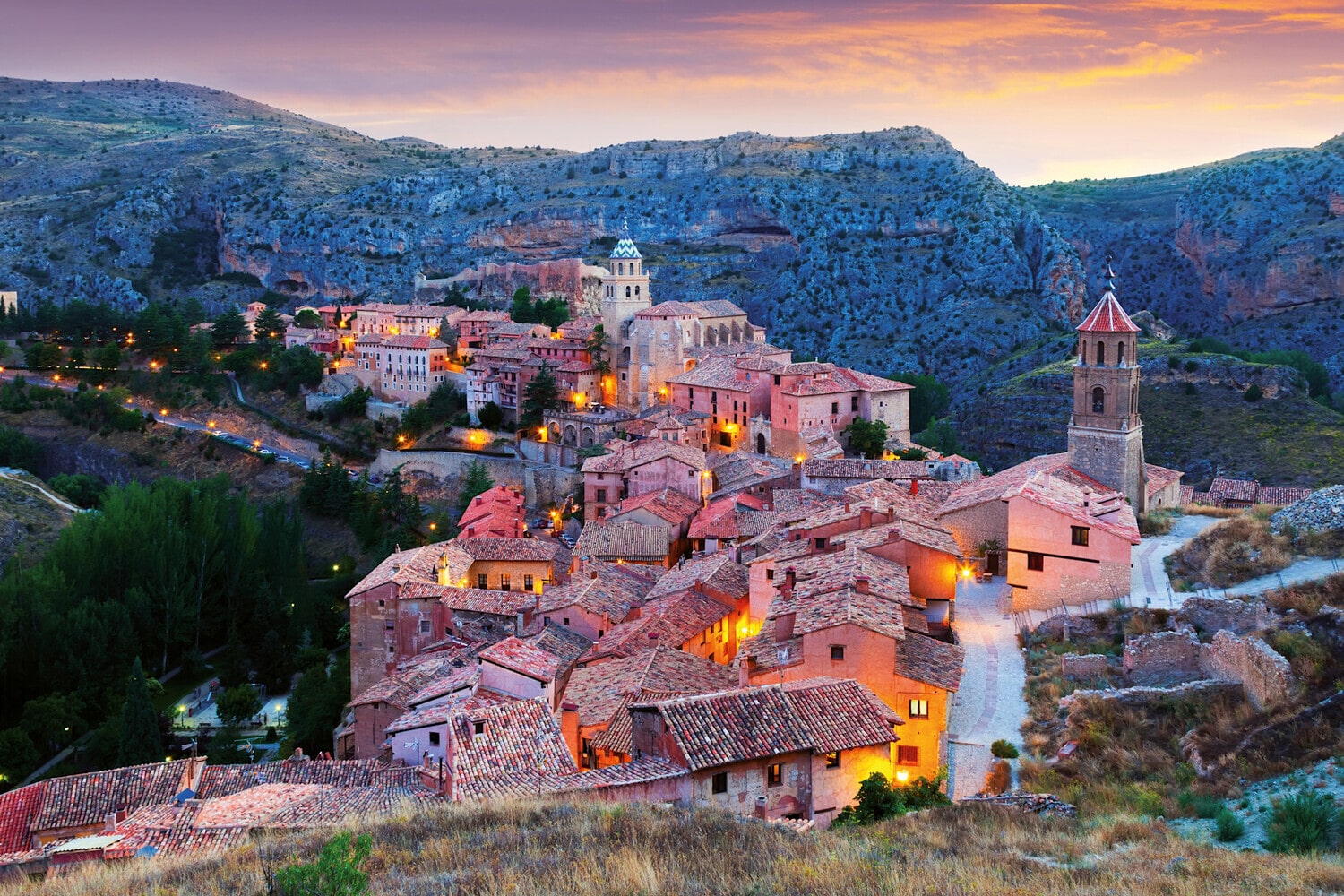Aragon is one of the most fascinating and historically rich regions of Spain, often overlooked by tourists in favor of more popular destinations. Located between Catalonia, Valencia, Castile and the Pyrenees, it blends medieval heritage, natural beauty and strong cultural identity. Once an independent kingdom, Aragon has preserved unique traditions, striking architecture and a landscape that ranges from snow-capped mountains to semi-deserts. Its character is shaped by centuries of diverse influences and its own proud legacy. Below are some interesting and educational facts about Aragon that you might not know.
- Aragon was an independent kingdom for several centuries and played a crucial role in medieval Spanish history. It was founded in the 11th century and gradually expanded to include Catalonia, Valencia, the Balearic Islands, Sicily and other Mediterranean territories. Its rulers were powerful players in the politics of the medieval Mediterranean world.
- The capital of Aragon is Zaragoza, located on the Ebro River. It is the fifth largest city in Spain and was originally established by the Romans under the name Caesaraugusta. The city offers architectural heritage from various eras, including Roman ruins, Gothic churches and modern cultural venues.
- Aragon has its own historical language — Aragonese — which belongs to the Romance language family. Although it is now endangered, it can still be heard in some rural mountain villages. Efforts are being made to preserve and revive the language through cultural and educational initiatives.
- The northern part of Aragon is dominated by the Pyrenees Mountains, offering stunning landscapes, lakes, waterfalls and national parks. The most famous of these is Ordesa and Monte Perdido National Park, which is a UNESCO World Heritage site. It is an ideal destination for hiking, mountaineering and observing wildlife.
- Aragon is the birthplace of the renowned Spanish painter Francisco Goya. He was born in the village of Fuendetodos near Zaragoza, where today a museum is dedicated to his life and work. Goya had a major impact on European painting and is seen as a forerunner of modern art.
- The region is rich in medieval castles, monasteries and churches. One of the most famous is the Monastery of San Juan de la Peña, built into a rock face and associated with legends of the Holy Grail. Aragonese architecture reflects Romanesque, Gothic and Mudéjar styles.
- Aragon is one of the main centers of the Mudéjar architectural style, which emerged from the coexistence of Muslim and Christian cultures. This style features ornamental brickwork, ceramic tiles and horseshoe arches. Mudéjar monuments in Aragon have been declared a UNESCO World Heritage site.
- The climate in Aragon is highly diverse, ranging from harsh mountain weather in the north to dry, semi-desert conditions in the Ebro Valley. Some of the driest landscapes in Europe can be found here. This makes the region a point of interest for geographers and ecologists.
- Teruel, one of Aragon’s three provinces, is known not only for its architecture but also for the romantic legend of the Lovers of Teruel. This tragic love story is often compared to Romeo and Juliet, and every year it is commemorated with a festival that recreates events from the 13th century. During the celebration, the entire town transforms into a medieval setting.
- Aragon is home to several wine-producing areas that carry the Denominación de Origen designation. The most renowned is the Somontano region, famous for its red and rosé wines. Wine tourism in the area is complemented by traditional local cuisine.
- Aragonese folklore includes lively dances, traditional costumes and regional music. A distinctive musical instrument of the region is the gaita de boto, a type of bagpipe. The most celebrated festival is the Day of Our Lady of the Pillar, held in Zaragoza to honor Spain’s patron saint.
- Due to its geographical position, Aragon serves as an important logistical hub between northern and southern Spain. Zaragoza is home to one of Europe’s largest freight terminals. This supports the growth of industries such as automotive manufacturing and agricultural processing.
- The University of Zaragoza, founded in 1542, is one of the oldest universities in Spain. It plays a key role in medical, engineering, humanities and social sciences education. The university also participates in many international exchange and research programs.
- In many rural areas of Aragon, traditional lifestyles are still preserved. Stone houses, ancient mills and sheep pastures reflect a way of life that has endured for centuries. The region is actively working to protect its rural heritage and revive abandoned villages.
Aragon is a land where history, culture, nature and modernity coexist in harmony. These fascinating facts highlight its richness and diversity, showing that it is far more than just another Spanish region. Hidden beyond the usual tourist paths are treasures of authenticity and living heritage. A journey through Aragon is an invitation to discover the soul of Spain in one of its most original forms.





